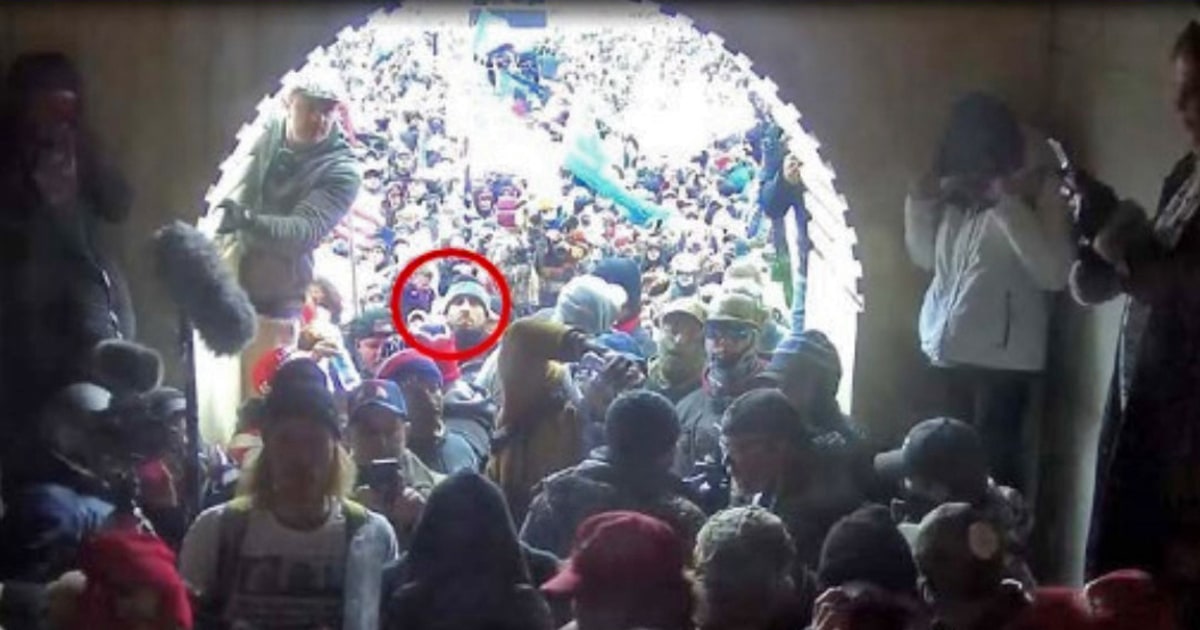#Democrats’ first leadership shakeup in decades takes shape with no drama — almost

Table of Contents
Democrats’ first leadership shakeup in decades takes shape with no drama — almost

The new portrait of House Democratic leadership came into much sharper focus on Friday, as a rush of up-and-coming lawmakers launched bids to assume the top spots less than 24 hours after Speaker Nancy Pelosi (Calif.) announced her intent to step down.
Reps. Hakeem Jeffries (N.Y.), Katherine Clark (Mass.) and Pete Aguilar (Calif.) all declared their candidacies for the top three Democratic seats in the next Congress, respectively — a widely anticipated development that was delayed only by the long, slow counting of ballots from the Nov. 8. All three are expected to glide to power.
The well-orchestrated shakeup proceeded largely without the drama that frequently accompanies leadership transitions — a remarkable dynamic considering that Pelosi and her top two deputies, Majority Leader Steny Hoyer (Md.) and Democratic Whip James Clyburn (S.C.), have been leading the party for almost two decades. The pent up energy from younger lawmakers itching to climb into the leadership ranks has been simmering for years, and had a high potential for boiling over.
Yet Jeffries, who’s seeking to replace Pelosi, is running unchallenged after Rep. Adam Schiff (D-Calif.) decided against a bid for the top spot. And Clark is also without competition, despite speculation that Rep. Pramila Jayapal (D-Wash.), who heads the Congressional Progressive Caucus, might take her on. Instead, Jayapal announced Friday that she’ll seek another term leading the progressives.
Clearing the way for a smooth changeover, Pelosi’s announcement to step down had a domino effect: Within hours, Hoyer had followed suit (although both he and Pelosi will remain in Congress in more everyday roles), and Clyburn had endorsed Jeffries, Clark and Aguilar for the top three spots. Hoyer in a statement on Friday gave his “resounding endorsement” to Jeffries.
On Thursday, asked how it felt to be stepping out of leadership after so long, Hoyer told reporters “Not good.” But on Friday morning, he seemed more resigned to the change.
“Why is it time? Well, I think for one thing when you’re in the minority, it really is time to train people to be in the majority,” the Maryland Democrat told MSNBC in an interview Friday morning. “I thought it was a good time.”
Yet the transition hasn’t been entirely conflict-free.
While Clyburn has ceded his No. 3 position, he’s now seeking to remain in leadership next year in the No. 4 assistant leader slot. That move caught many of his colleagues by surprise, and it prompted Aguilar, who was eyeing the assistant leader spot, to vie for caucus chair instead.
That eleventh-hour shift carries heavy significance for Rep. Joe Neguse, a rising Colorado Democrat who had announced his bid to replace Jeffries as caucus chair just last week.
It’s unclear if Neguse will continue to seek that spot, but the signs for him are ominous.
Pelosi and Clyburn both endorsed Aguilar this week. And in a Democratic Party that touts its diversity, there will be plenty of pressure to keep Aguilar, a member of the influential Congressional Hispanic Caucus, among the top leaders. The Congressional Black Caucus, of which Neguse is a member, is already on its way to being well represented with Jeffries and Clyburn.
Further down the leadership line, the races get more competitive.
Two popular California Democrats, Reps. Ami Bera and Tony Cárdenas, are vying to lead the party’s campaign arm in the next Congress — a high-stakes cycle when Democrats will be fighting to keep the White House and win back control of the lower chamber. That seat was vacated with the midterm defeat of the current chairman, Rep. Sean Patrick Maloney (D-N.Y.).
And at least four Democrats are seeking to replace Aguilar as caucus vice chair: Reps. Debbie Dingell (Mich.), Madeleine Dean (Pa.), Ted Lieu (Calif.) and Joyce Beatty (Ohio).
All of the Democrats’ leadership elections are scheduled for Nov. 30 and Dec. 1.
The changing of the guard is a transformational development for House Democrats, who have been led by the same triumvirate for nearly two decades.
Pelosi, who came to Congress in 1987, became the party leader in 2003, the same year Hoyer became the No. 2 Democrat. Clyburn joined them as No. 3 in 2006. They’ve been there together ever since.
The monopoly the “big three” has had on the top tier of the caucus for the past 20 years prevented a younger and ambitious crowd of Democrats from rising in the ranks.
In the final stretch to this year’s midterm elections that eager crop of liberals became more and more outspoken, publicly calling for new blood in the highest echelons of the party.
“I have been very vocal, including with my own leadership in the House, that we need a new generation, we need new blood, period, across the Democratic Party in the House, the Senate and the White House,” Rep. Elissa Slotkin (D-Mich.) told NBC News in an interview last month.
In the House next year, she’ll get her wish.
If you liked the article, do not forget to share it with your friends. Follow us on Google News too, click on the star and choose us from your favorites.
For forums sites go to Forum.BuradaBiliyorum.Com
If you want to read more News articles, you can visit our News category.




